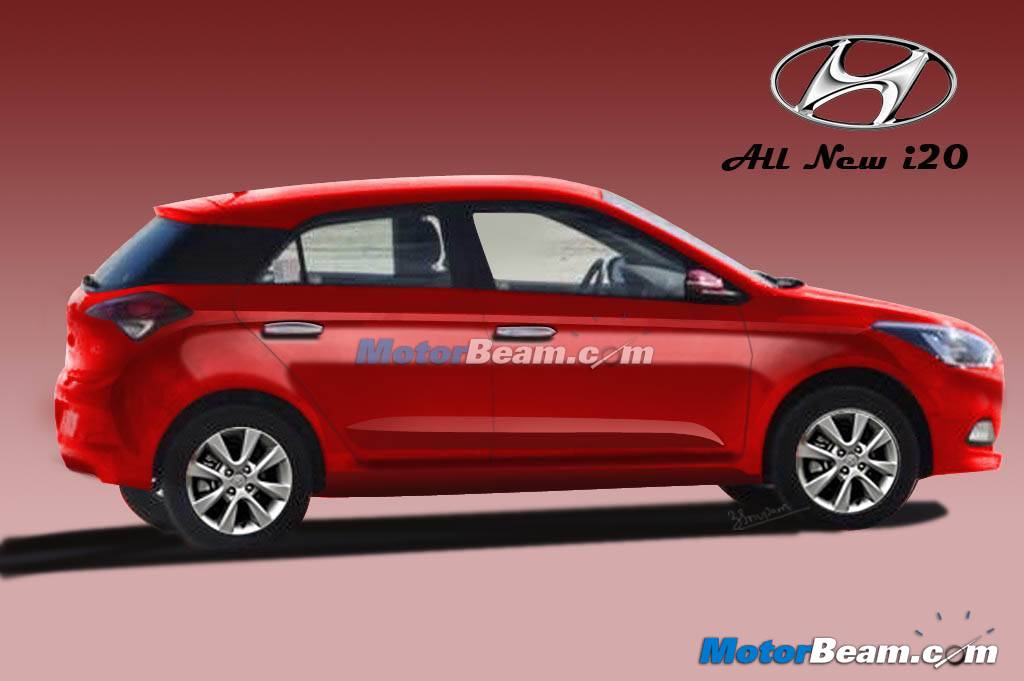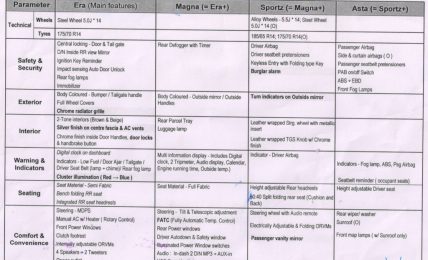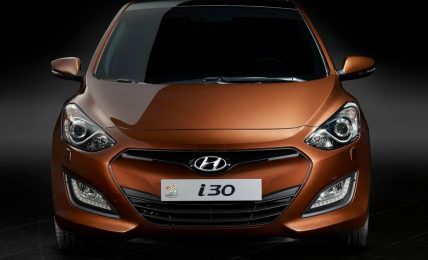With the launch scheduled in August this year, Hyundai India has been continuously testing the next generation i20 premium hatchback across the country. While the heavy camouflage keeps the model’s new design language under wraps on the test mules, our in-house design expert Anupam Parihar has worked up a rendering of the next generation model and it is the closest you can get to the actual design language of the car. As the images indicate, the design of the new i20 is quite similar to the Grand i10 and Xcent but certainly looks more evolved.
The front fascia has a more upright stance compared to the outgoing model and the new grille makes a strong statement in the design. The inverted trapezoidal grille with honeycomb mesh is large and takes a dominant position, while the V-shaped grille has been replaced by a horizontal line that connects the headlights. The sweptback upturned headlights get silver finished metal inserts and look very appealing, lending a premium touch to the hatchback. The fog lamp enclosures have been revised as well. Overall, the lines are far more restrained on the fluidic design 2.0 and makes the Hyundai i20 look all grown up.
The side profile also gets comprehensive changes starting with the strong shoulder line originating from the front grille that rises towards the C-pillar. The sloping roofline on the other hand compliments the rising shoulder line at the sides, but has also led to the reduction of the rear windows in size. The model will get chrome door handles as well as mild black cladding on the doors, reminiscent of the Grand i10. Moving to the rear, the next gen Hyundai i20 features boomerang shaped wraparound LED tail lights with a bulbous tail gate, which seems toned down but compliment the stylish new look on the hatchback.
Apart from the design changes, the new Hyundai i20 will get a slightly longer wheelbase resulting into ample cabin space for passengers. The vehicle is also expected to host a plethora of equipment comprising of several creature comforts being segment firsts. In terms of powertrain though, the same 1.2-litre petrol Kappa motor producing 84 PS and the 1.4-litre diesel motor producing 90 PS will be found under the hood, albeit with some tinkering. Both the engines are paired to a 5-speed manual transmission, while a 4-speed automatic is also on offer with the 1.4-litre petrol engine.
Hyundai is reportedly also planning to introduce a performance variant of the next generation i20 under their new ‘N’ performance brand that will take on the Volkswagen Polo GT models as well as the Maruti Suzuki Swift as a sporty offering. However, there is no confirmation on the timeline of the launch or its arrival in India. Being developed at Hyundai’s new testing centre in Nurburgring, Germany, the 2015 i20 is expected to sport improved driving dynamics that will make the hatchback a spirited performer.







